St Nicolas is celebrated on December 6, particularly in eastern France.
Where do we celebrate St Nicolas?
In these regions (Flanders, Alsace, Lorraine and Franche-Comté), this holiday is more important than Christmas. Abroad, Saint Nicholas is celebrated in the Netherlands, Belgium, Luxembourg, Germany, Russia, (December 19 of the Orthodox calendar), Austria, Italy, Croatia, Slovenia, Hungary, Poland, Czech Republic, Lithuania, Romania, Bulgaria, Ukraine, Slovakia, Serbia, Albania, Greece, Cyprus and some Swiss cantons.
How do we celebrate it?
On this occasion, wise children receive oranges, nuts, candies, chocolates and sweets as well as small gifts. Those who were not, are punished by the “Père Fouettard” with lashes and are entitled to onions, potatoes, mustard or charcoal.
Who was St Nicholas?
It seems that Nicolas de Myre (also named Nicolas de Bari) is at the origin of St Nicolas. This bishop was born in the 3rd century around 270, in Lycia (in the south of Turkey). Imprisoned then persecuted by the emperor Diocletian as a Christian, he went into exile and died in 345.
The legend
After his death, he is credited with miracles. The most famous is the resurrection of 3 little children killed by a butcher for disobeying. This is how the mouth became the “Père Fouettard” and St Nicolas, the patron saint of children, schoolchildren, single men and prisoners. His legend is similar to that of “Santa Claus”.
St Nicholas wears ecclesiastical attire, wears a miter on his head and holds a butt in one hand. The “Père Fouettard” wears a large coat and thick boots, he wears a hood or a balaclava from which sometimes protrudes a pair of horns. Sometimes a tail is added to it, like the devil. He carries a whip in his hand to punish disobedient children.
The names of St Nicolas and “Père Fouettard”
Depending on the country, St Nicholas is called Santa Klaus. or Sinterklaas (NL). As for Father Fouettard, He is called “Hans Trapp” in Alsace, “Zwarte Piet” in the Netherlands and Flemish Belgium, he is called “Ruprecht” or “Knechtruprecht” in Germany, “Krampus” in Austria and “Housecker” in Luxembourg.
The traditions of St Nicolas
On the night of December 5 to 6, St Nicolas goes through the fireplace to drop off gifts and sweets (chocolates, dried fruits, gingerbread in his effigy, to good children.
St Nicolas and the history of France
In 1477, the battle of Nancy opposed the Lorraine of Duke René II to France. Led by the Duke of Burgundy Charles le Téméraire. René II having put his troops under the protection of St Nicolas, the Duke of Lorraine won the battle and Charles the Bold was killed there.
January 5, René II declares January 5 as the national holiday of Lorraine. Each year, we organize a parade in the streets of Nancy, to commemorate the Victoire Lorraine. St Nicolas becomes the patron of Lorraine and the Lorrainers but also of children, St Nicolas making the rounds of schools with his donkey.
The delicacies of St Nicolas
Lorraine has its specialties for St Nicolas: the “Mannele”. These are little buns in the shape of snowmen to enjoy with clementines and hot chocolate. Wise children also receive “St Nicolas” in chocolate and gingerbread
The song of St Nicholas
To celebrate and tell the story of a St Nicholas, there is a popular song. It was collected in 1842 for the first time by Gérard de Nerval. Made famous by publishing it in “La Sylphide”, then in “Les filles du feu” (Chansons et Légendes du Valois, 1856), “La Complainte de St Nicolas” exists in several versions.
Georges Doncieux released a critical version in 1904 (St Nicolas et les enfants au saloir). Charles Sadoul collects another the same year (Chanson de St Nicolas).
The lament of St Nicolas speaks of the 3 children killed by a butcher but resuscitated by St Nicolas, the latter asked the butcher not to flee but to repent:
There were three little children
Who went to glean in the fields. (…)
In the evening they go to a butcher.
“Boucher, would you like to house us? (…)
“Butcher, butcher, don’t run away,
Repent, God will forgive you. “
Saint Nicholas put three fingers.
Over the edge of this salting tub:
The first one says: “I slept well! “
The second says: “And me too! “
And the third replied:
“I thought I was in paradise! “
St Nicolas in Europe
PAYS-BAS
Sinterklaas is celebrated on December 5th. This is the largest gift distribution of the year. St. Nicholas arrives each year, in mid-November, aboard a steamboat laden with presents and accompanied by his assistants.
For the little Dutch, this holiday is more important than Christmas. It starts with a hunt for hidden gifts inside or around the house. Poems with the mocking description of the recipient replace the labels. Everyone then has to guess who it is.
Allemagne
The children clean their boots on the evening of December 5 and then drop one in front of their door. During the night, Saint Nicolas tours to fill the barrel with nuts, clementines, cookies, chocolates or small gifts.
Etats-Unis
St Nicolas is linked to the arrival of Dutch emigrants in the 17th century, Sinterklaas quickly became Santa Claus. To get closer to Protestant customs, this children’s feast was brought closer to the feast of the child Jesus, Christmas. She was moved to December 24th. Santa Claus exchanged his miter for a red cap, his butt became a barley sugar and called him .. “Santa Claus”. “Father Fouettard” has disappeared from legend.
St Nicolas, patron saint of singles
St. Catherine celebrates girls over 25 wearing a yellow and green hat. Boys over 30 single wear St. Nicholas butt, pajamas, nightcap, clogs. A popular saying goes, “Saint Nicholas marries girls with boys.”
St. Nicholas, patron saint and protector of various professions
Saint Nicolas is the patron of:
- Schoolchildren, choir children and, in general, children
- Students, in Belgium there is also the Saint-Nicolas of students which is celebrated
- Sailors and boatmen
- Lawyers (especially from the Paris bar)
- Physiotherapists
- Pawnbrokers
- University of Valladolid in Spain
- Single men
- Girls looking to get married, following the miracles of the three virgins
- Traders, butchers, pharmacists, perfumers,
pontooners, bakers
Mannele (Alsace) recipe
The Manneles are little bun-shaped buns.
Parts: 16 handles
Preparation: 20 minutes
Cooking: 15 minutes
Break time: 2:30 p.m.
Total: 35 minutes
INGREDIENTS FOR 16 SAINT NICOLAS MANNELS:
Brioche dough:
- 5 g of dry baker’s yeast
- 330 ml of milk (I took the whole)
- 600 g of flour
- 70 g of sugar
- 1 good pinch of salt
- 1 egg
- 75 g of soft butter
- Chocolate chips
Pain:
- 1 egg yolk (+ a little milk for a lighter gilding)
préparation:
- Mix together the yeast and warm milk. Let the yeast dilute for about ten minutes.
- Meanwhile, pour the flour, sugar, salt and egg into the bowl of your robot. Knead with the hook.
- Add the butter in small pieces, kneading, kneading for about 1 minute between each addition
- Add the milk / yeast mixture little by little, kneading well between each addition. Continue kneading for 10 to 15 minutes, until the dough comes off the tank wall well.
- Cover and let rise for 1 hour near a heater. The dough should double in volume.
- Pour the dough onto a floured work surface.
- Press the dough with your hands to release the gas.
- Spread the dough with a rolling pin, about 1.5 cm thick.
Cut snowmen using a mannele cookie cutter - Arrange the handles on a perforated plate lined with baking paper. Cover with a clean cloth and let rise for 1 hour at room temperature.
- Preheat the oven to 180 ° C. Brush the guys with a mixture of egg yolk and milk, and garnish with small pieces of chocolate. For the mouth, melt some dark chocolate, place in a sleeve pouch by cutting the end to 1 mm.
- Bake for 15 minutes.
- Taste
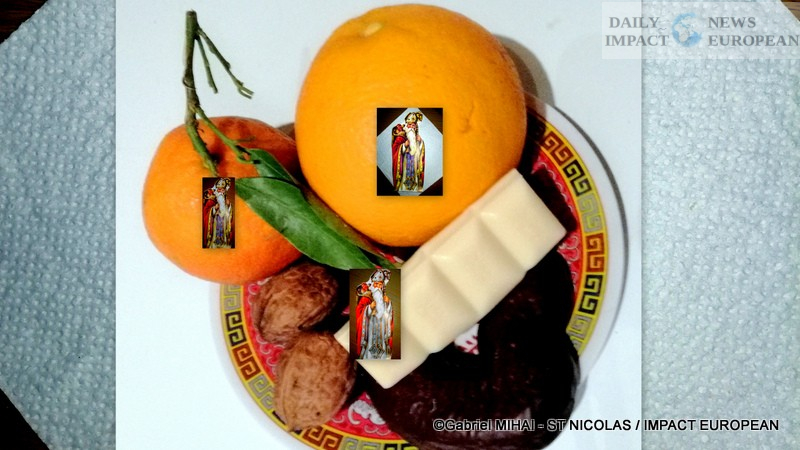
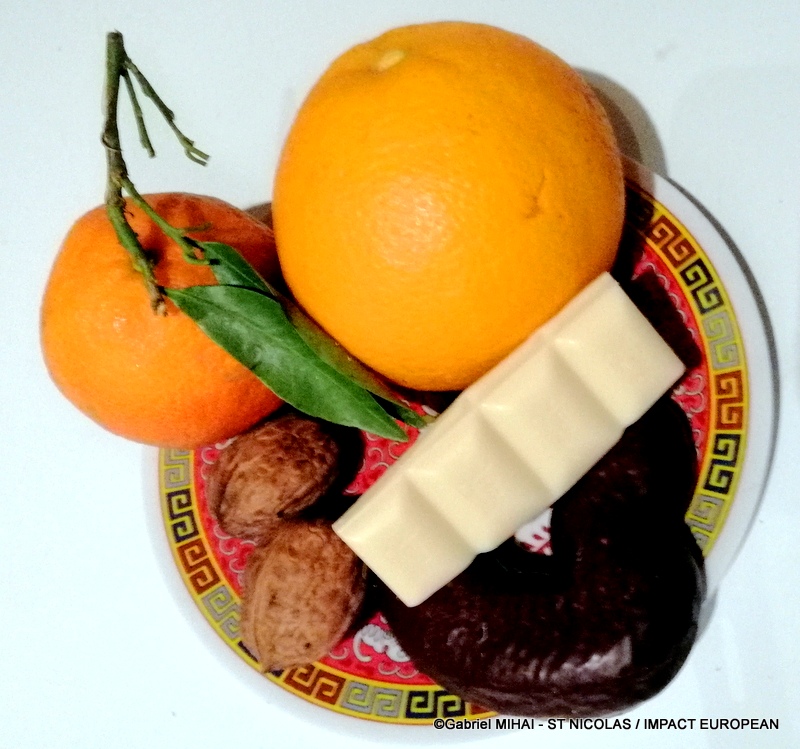
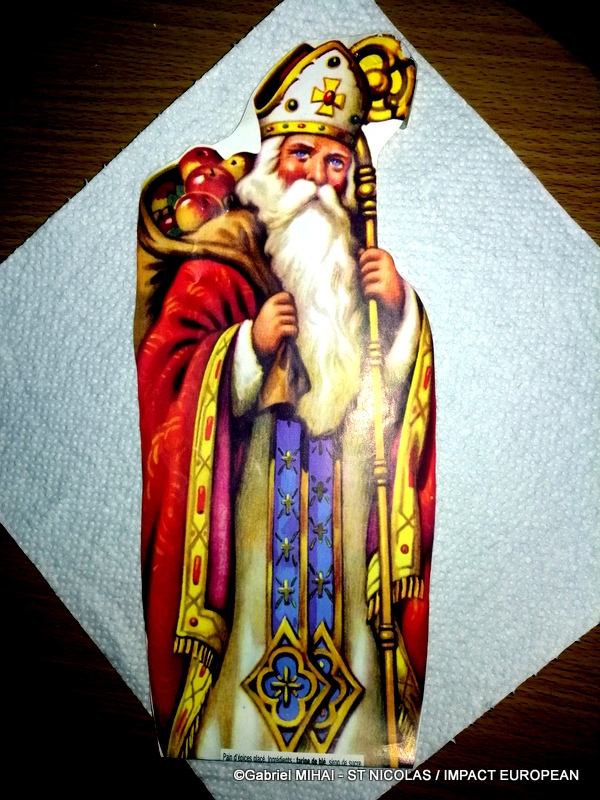
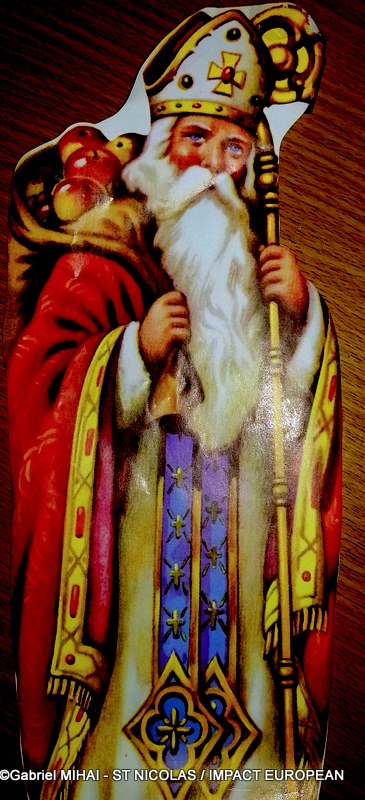

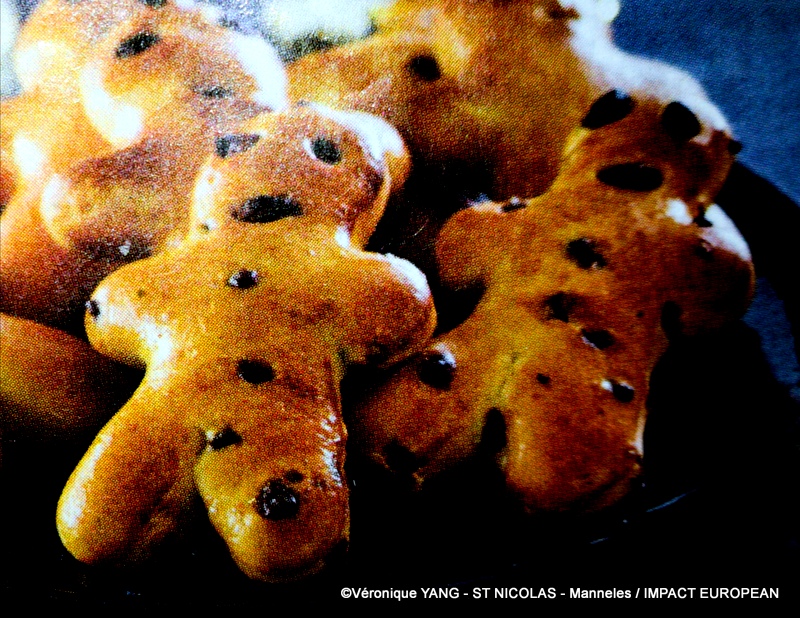
More Stories
METAL D’ALCOVE, the workshop of Eric KATZ, lighting sculptor in Montmartre
Paris Marathon 2024: Victory for Ethiopians at the Paris marathon
Gelsomina